
The Concept of Datafication: Definition & Examples
Jan 31, 2025 5 Min Read 11843 Views
(Last Updated)
These days, you might’ve heard people say everything that we do is turning into data, from the steps we take to the breath we inhale, everything is calculated and transformed into data.
If you are a data scientist, you must’ve known the term used for this transformation of real-world practice into data. This is called Datafication.
In this article, we will be exploring the said concept of datafication right from its definition to the way it is performed and finally its real-world application. So, buckle up, and sit tight as we are about to get started!
Table of contents
- What is Datafication?
- How Datafication is Performed?
- Data Collection:
- Data Storage:
- Data Processing:
- Data Analysis:
- Data Visualization:
- Data Application:
- Why is Datafication Important?
- Informed Decision-Making
- Personalization
- Efficiency and Innovation
- Enhanced User Experience
- Predictive Capabilities
- Real-World Examples of Datafication
- Social Media
- Smart Homes
- Fitness Trackers
- Retail and Online Shopping
- Navigation and Ride-Sharing Apps
- The Future of Datafication
- Conclusion
- FAQs
- What is the difference between datafication and digitization?
- How does datafication affect privacy?
- How can consumers protect their data in a datafied world?
- How can businesses ethically use datafication?
What is Datafication?
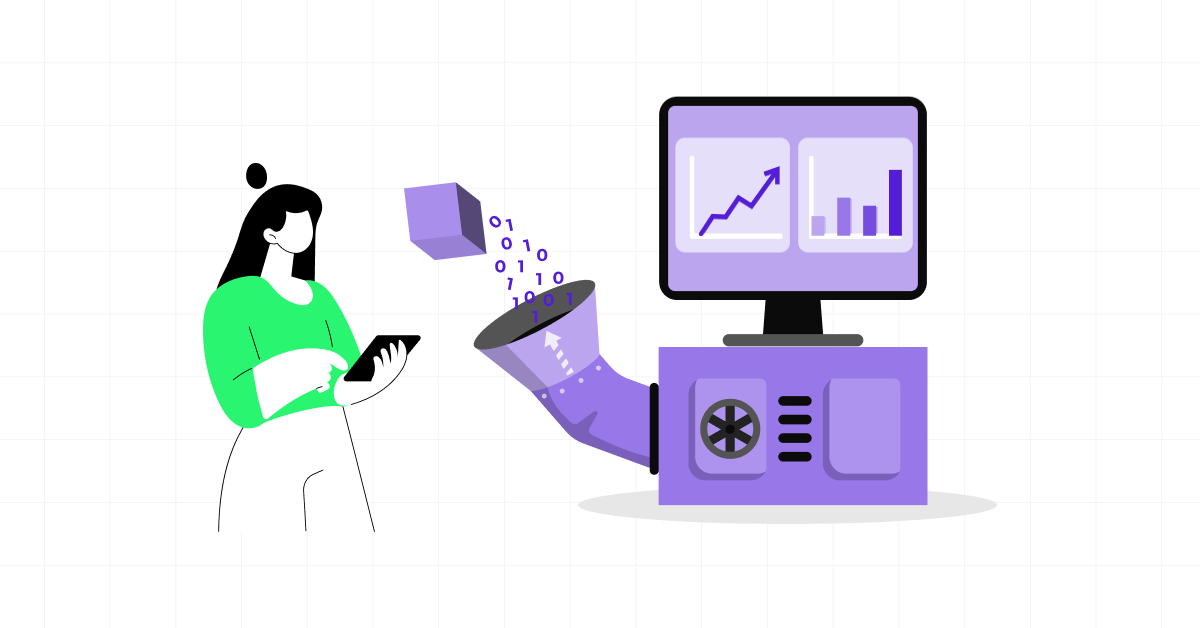
In today’s tech-driven world, you’ve probably heard the term “datafication” tossed around a lot. But what exactly does it mean, and why should you care?
To put it simply, datafication is the process of transforming various aspects of our lives into data that can be quantified and analyzed. Think of it as the digital translation of the real world.
From the steps you take daily to the songs you stream, datafication captures these activities and turns them into valuable data points.
Imagine you’re keeping a diary. Instead of just writing down your thoughts and experiences, datafication involves recording specific details, like the time you woke up, the number of emails you sent, and even how often you use certain words.
This data can then be used to draw insights, make predictions, and improve various aspects of life and business.
How Datafication is Performed?
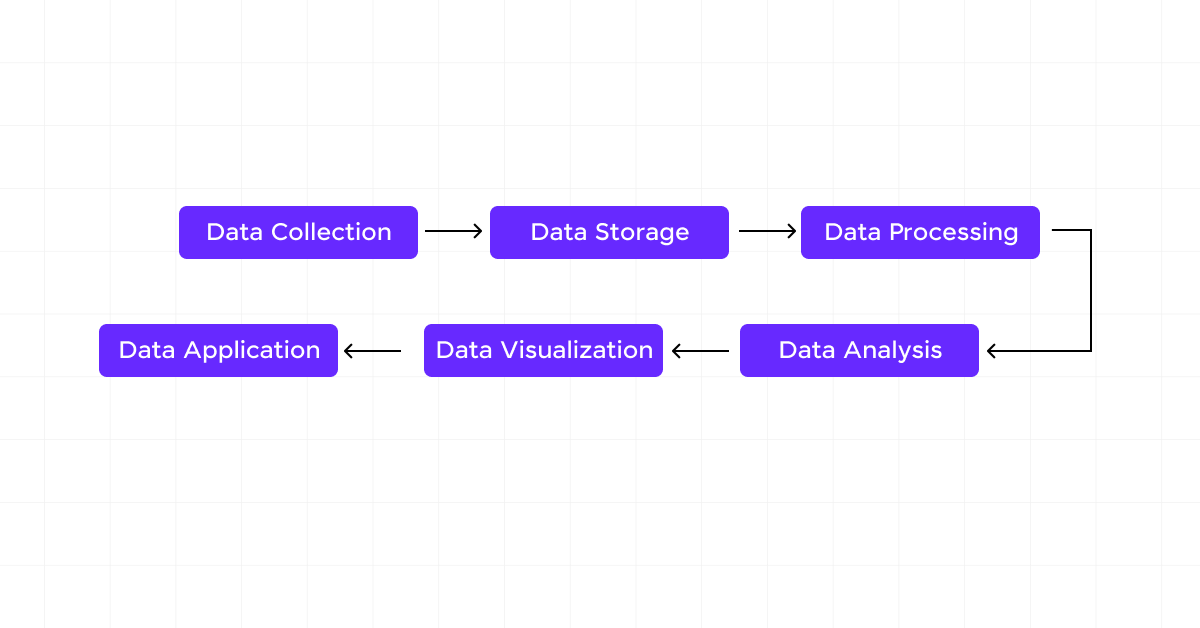
The concept of datafication has been dealt with and now let us move on and understand how this concept works in real life.
But before we go any further if you want to learn and explore more about Data Science and want to become a data scientist, consider enrolling in a professionally certified online Data Science Course that teaches you everything about data and helps you get started as a data scientist.
Now, let us answer the question, “How exactly does datafication work?” Let’s break it down into simple steps:
1. Data Collection:
It all starts with data collection and retrieval. This could be from anything you do—clicking on a website, using an app, or even just walking around with your smartphone. Devices and sensors collect this data, often without you even noticing.
2. Data Storage:
Once collected, this data needs a place to go. Think of it like storing your favorite movies or music. The data is saved in databases or cloud storage, where it can be accessed and used later.
3. Data Processing:
Here’s where things get interesting. The raw data collected isn’t very useful on its own. It’s like having all the ingredients for a cake but not baking it yet.
Data processing involves data cleaning, organizing, and transforming this data into a more usable format. For example, if you’ve ever used a spreadsheet to track your expenses, you’ve engaged in a basic form of data processing.
4. Data Analysis:
This is the magic moment when data becomes valuable information. Using various tools and techniques, analysts can look at patterns and trends in the data. For example, they might discover that people tend to buy more ice cream on hot days—a useful insight for a business.
5. Data Visualization:
To make the data easy to understand, it’s often presented visually, like in charts or graphs. If you’ve ever seen a bar chart showing monthly sales or a line graph tracking your steps over time, you’ve encountered data visualization. This step helps people quickly grasp the insights hidden in the data.
6. Data Application:
Finally, the insights gained from data analysis are put to use. This could mean anything from tweaking a marketing strategy to designing a new product. For example, if data shows that customers prefer shopping online at certain times of the day, a business might run targeted ads during those hours.
These 6 steps constitute the data science process and this is how data science works and retrieves data from us.
Python is the heart of data science and if you are struggling with it, consider enrolling for GUVI’s Self-Paced Python Course that lets you study at your own pace
Why is Datafication Important?
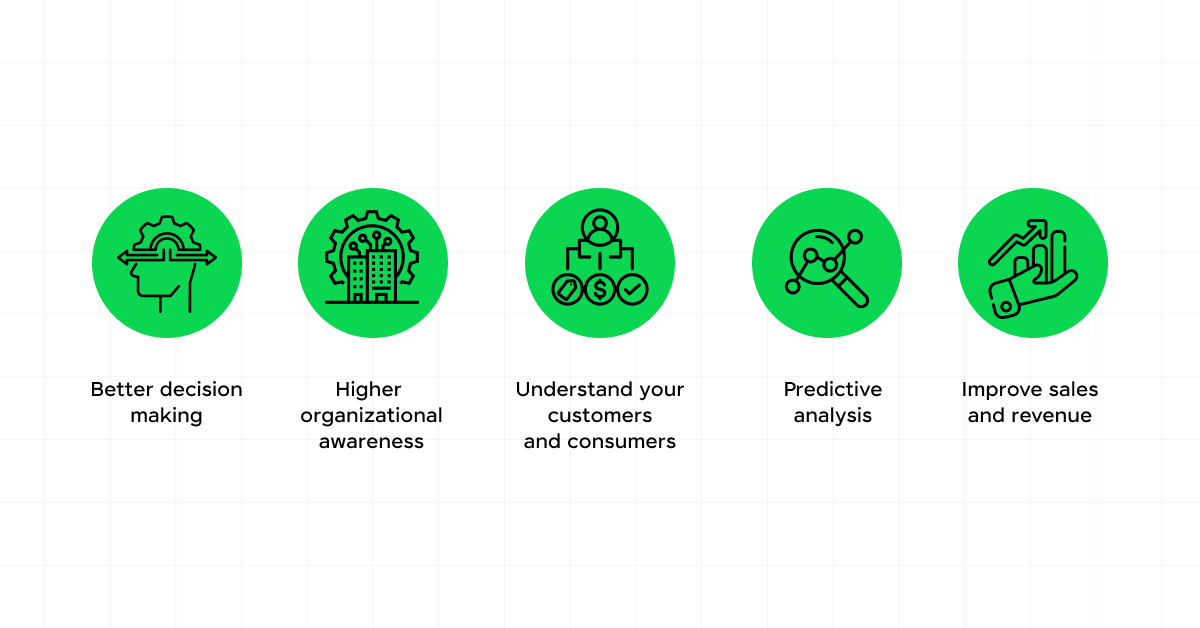
You might be wondering, “Why should I care about datafication?” Well, let’s see the reasons why this concept is so crucial in today’s world and how it impacts you personally.
1. Informed Decision-Making
Imagine you’re planning a vacation. You want to find the best hotel at the best price, right? Datafication plays a huge role here. By analyzing data from various travel websites, you can compare prices, read reviews, and even see trends in booking rates.
This data helps you make a more informed decision, ensuring you get the best deal possible. The same principle applies to businesses. Companies use datafication to understand customer preferences, track sales trends, and optimize inventory.
2. Personalization
Have you ever noticed how streaming or retail services like Netflix or Amazon seem to know exactly what you want to watch or order next? That’s datafication at work.
By analyzing your viewing or shopping habits, these platforms can recommend shows, movies, or songs tailored specifically to your tastes. It’s like having a personal assistant who knows your preferences inside out. This level of personalization extends beyond entertainment and covers every aspect of life.
3. Efficiency and Innovation
Datafication isn’t just about making things convenient; it’s also about driving efficiency and innovation. Think about the last time you used a navigation app like Google Maps. The app collects real-time traffic data from millions of users to provide the quickest route to your destination.
This data-driven approach saves you time and reduces congestion on the roads. In the healthcare industry, datafication is revolutionizing patient care. Wearable devices collect data on your physical activities, heart rate, and even sleep patterns.
4. Enhanced User Experience
Companies use datafication to improve your overall experience with their products or services. For instance, if you’ve ever received an email from a company asking for feedback on a recent purchase, that’s datafication at work.
By analyzing your responses and those of other customers, businesses can identify areas for improvement and enhance their products or services. It’s like having a direct line to the company, allowing you to shape the products you use.
5. Predictive Capabilities
Another exciting aspect of datafication is its predictive capabilities. By analyzing past behaviors and trends, businesses can predict future outcomes.
For example, a retailer might use data to forecast which products will be popular during the holiday season, allowing them to stock up accordingly.
For you, this means fewer out-of-stock situations and a better shopping experience. Similarly, in finance, datafication enables better risk assessment and investment strategies, helping you make smarter financial decisions.
While the benefits are immense, it’s also essential to be aware of how your data is being used. Being informed and mindful of your data usage will help you make better choices and enjoy the benefits of a data-driven world.
Real-World Examples of Datafication
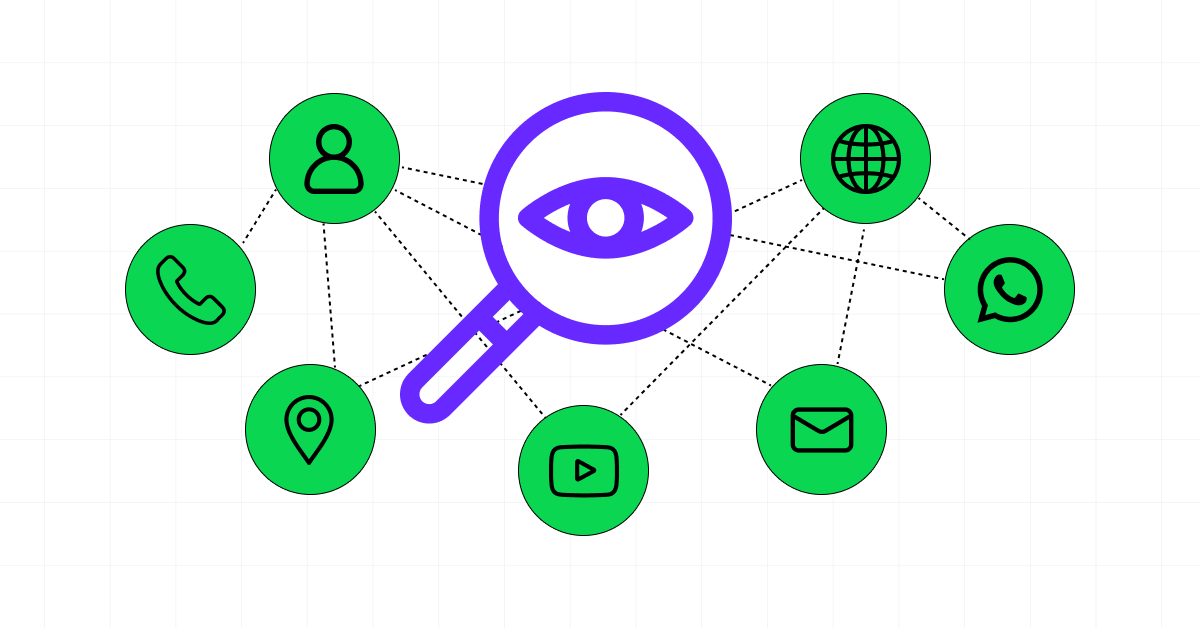
Let’s take a closer look at how datafication is making an impact in everyday life. These examples will help you see how data is being used in practical, sometimes surprising, ways.
1. Social Media
Think about your favorite social media platform, whether it’s Facebook, Instagram, or Twitter. Have you ever noticed how the content you see seems to align perfectly with your interests? That’s no coincidence.
These platforms collect data on your interactions—likes, shares, comments, and even the time you spend looking at certain posts. By analyzing this data, social media companies can tailor your feed to show more of what you like and less of what you don’t.
This isn’t just about keeping you engaged, it’s also about delivering targeted ads that are relevant to you. If you’ve ever seen an ad pop up for something you were just thinking about, it’s because datafication has been at work, analyzing your behavior and preferences.
2. Smart Homes
Imagine coming home after a long day, and your house adjusts the lighting, temperature, and even plays your favorite music as you walk in. This isn’t a scene from a futuristic movie, it’s the reality of smart homes today.
Devices like smart thermostats, lights, and security systems collect data on your daily routines and preferences. They learn when you typically get home, your preferred temperature settings, and even the times when you’re usually away.
This data helps automate tasks, making your life more convenient and energy-efficient. It’s like having a personal butler who knows your preferences and schedules.
3. Fitness Trackers
If you’ve ever used a fitness tracker like a Fitbit or an Apple Watch, you’re already familiar with datafication in action. These devices collect data on your steps, heart rate, sleep patterns, and more.
This data isn’t just for show, it helps you understand your health and fitness levels. For example, by tracking your steps and calories burned, you can set and achieve fitness goals.
If your heart rate spikes unexpectedly, your device can alert you to potential health issues. Moreover, many fitness apps allow you to share your data with healthcare providers, giving them valuable insights into your health that can lead to better, more personalized care.
4. Retail and Online Shopping
Have you ever noticed how online stores like Amazon seem to know exactly what you want to buy? This isn’t just clever marketing, it’s datafication at work.
Retailers track your browsing history, past purchases, and even the items you’ve looked at but didn’t buy. By analyzing this data, they can recommend products that are tailored to your tastes and needs.
This personalized shopping experience not only makes it easier for you to find what you’re looking for but also introduces you to new products you might not have considered otherwise.
5. Navigation and Ride-Sharing Apps
Ever used Google Maps or a ride-sharing app like Uber or Ola? These services are excellent examples of datafication in action. They collect data from millions of users to provide real-time traffic updates, optimal routes, and estimated arrival times.
For ride-sharing apps, this data helps match you with drivers and calculate fare estimates based on distance, traffic, and time of day. This not only makes your commute more efficient but also enhances safety by providing you with accurate and up-to-date information.
These examples show how datafication is seamlessly integrated into our daily lives, often in ways we don’t even notice. As you continue to interact with these technologies, being aware of how your data is used can help you make more informed decisions and fully enjoy the benefits of a data-driven world.
The Future of Datafication
As technology continues to advance, the scope of datafication will only expand. We’re moving towards a world where almost everything can be quantified, from emotions to decision-making processes.
While this offers tremendous opportunities for innovation and personalization, it also raises important questions about privacy and data security.
It’s essential to be aware of how our data is used and to make informed choices about the technologies we engage with.
As datafication becomes more integrated into our daily lives, understanding its implications will be crucial.
If you want to learn more about Data science and its implementation in the real world, then consider enrolling in GUVI’s Certified Data Science Course which not only gives you theoretical knowledge but also practical knowledge with the help of real-world projects.
Conclusion
In conclusion, datafication is transforming our daily lives by converting everyday activities into valuable data, enabling personalized experiences and informed decision-making.
From social media and smart homes to fitness trackers and streaming services, datafication enhances convenience and efficiency in ways we often take for granted.
As we embrace these innovations, it’s essential to stay informed about how our data is collected and used. Understanding datafication enables us to make better choices and enjoy the benefits of a data-driven world.
FAQs
Datafication involves turning various aspects of life into data that can be analyzed, while digitization refers to converting analog information into digital format.
Datafication can raise privacy concerns as it involves collecting and analyzing personal data, which may lead to unauthorized data sharing or misuse.
Consumers can protect their data by being aware of data privacy settings, using strong passwords, and being cautious about the information they share online.
Businesses can use datafication ethically by obtaining informed consent, ensuring data accuracy, protecting data privacy, and being transparent about data usage.
















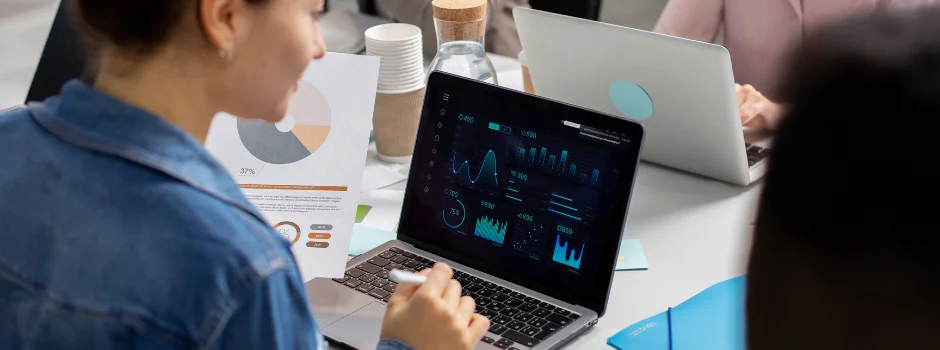
![Top Data Science Programming Languages All Beginners Must Know [2025] 8 data science programming language](https://www.guvi.in/blog/wp-content/uploads/2025/06/Feature-Image-3.png)
![Top 40 Data Science Interview Questions for Freshers [2025] 9 data science interview questions for freshers](https://www.guvi.in/blog/wp-content/uploads/2025/06/Top-40-Data-Science-Interview-Questions-for-Freshers-2025.png)

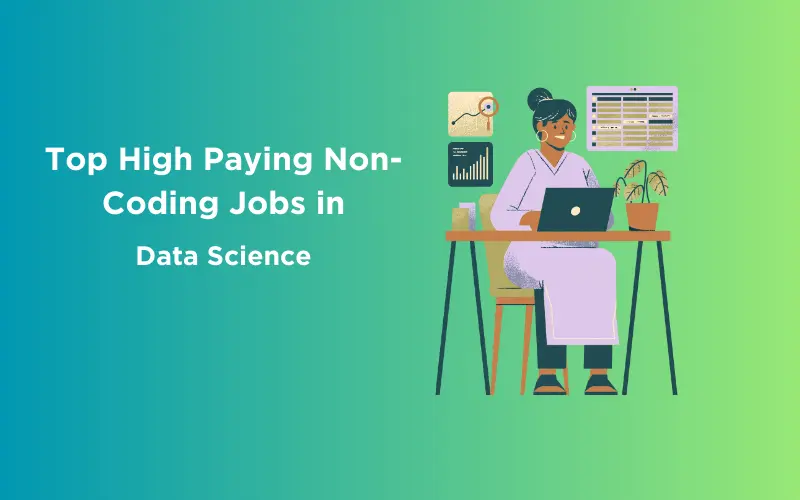
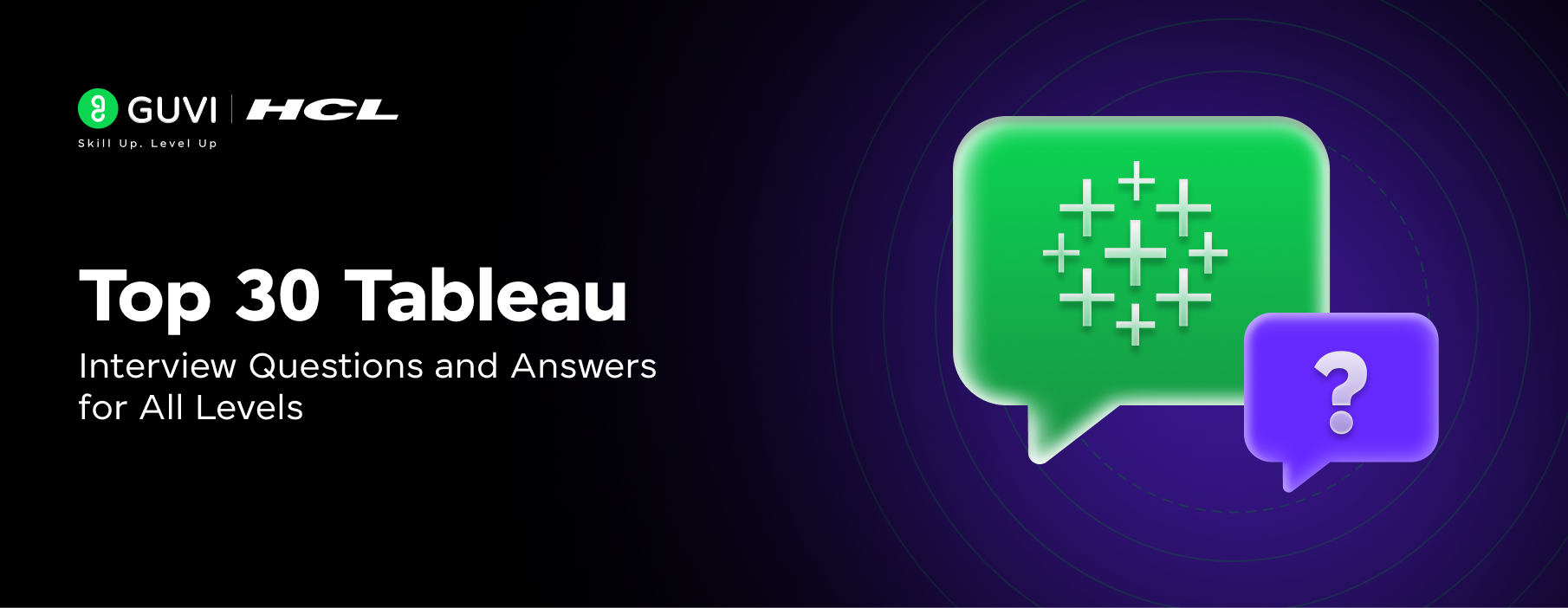
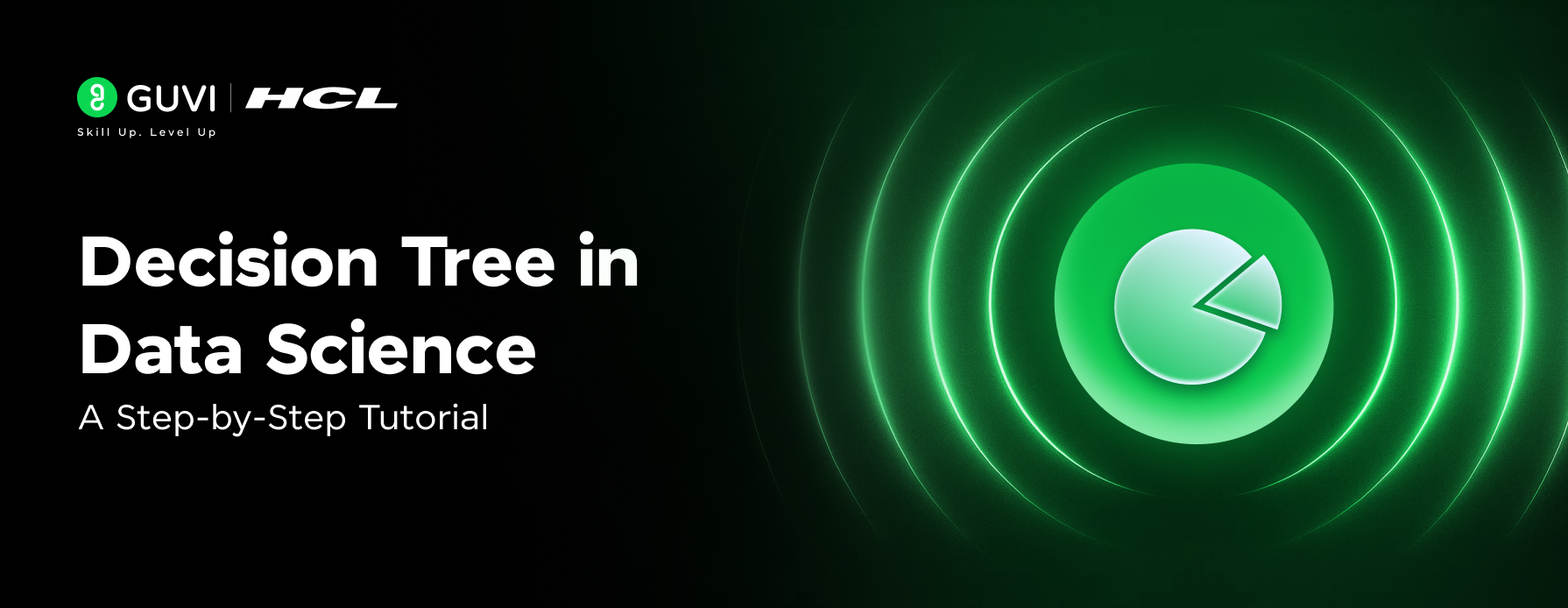
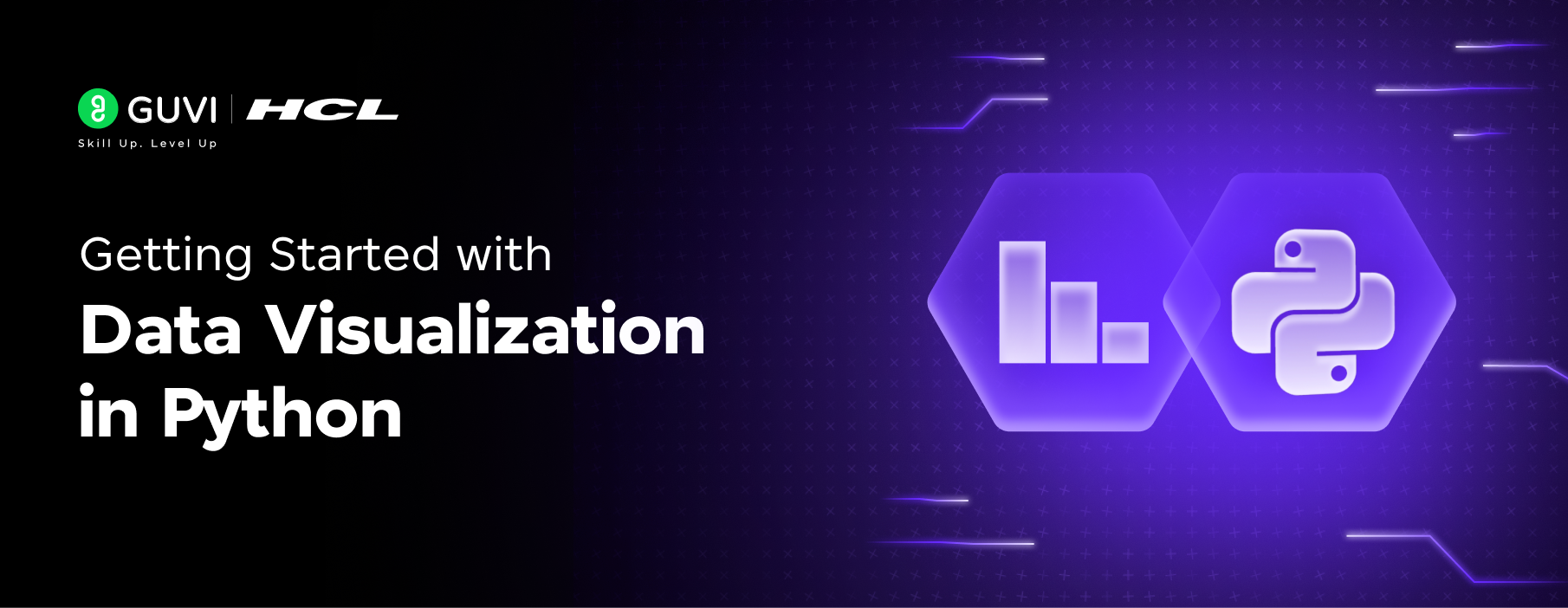

Did you enjoy this article?